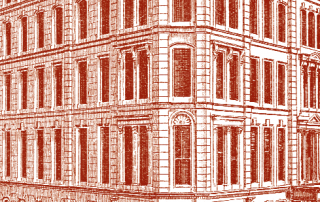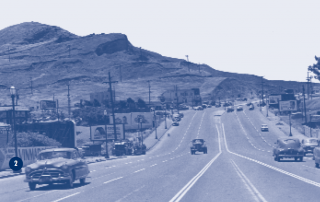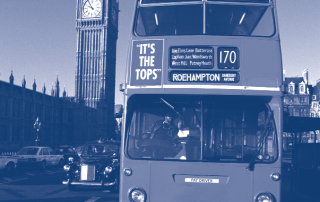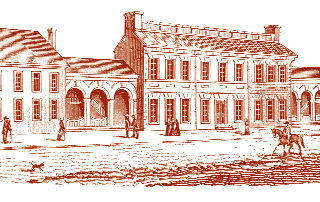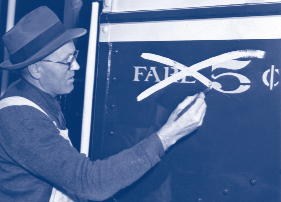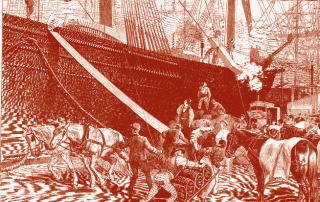ACCESS 26, Spring 2005
Editorial: Earmarking Threatens University Research
Martin Wachs and Ann Brach
Earmarking occurs when Congress allocates funds to specific recipients for specific purposes.
Legislators have long designated funds for highway and transit projects in their home districts, fulfilling commitments made to their constituents. But funds spent for strictly political reasons can divert financial support from potentially productive projects, bypassing formal evaluation processes, economic, social, and environmental appraisal of alternatives, and citizen involvement and debate.

